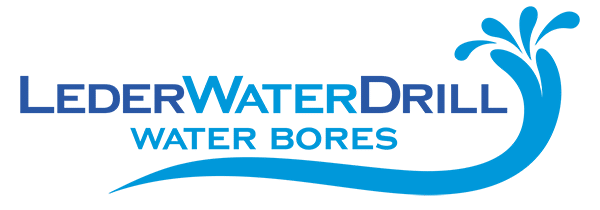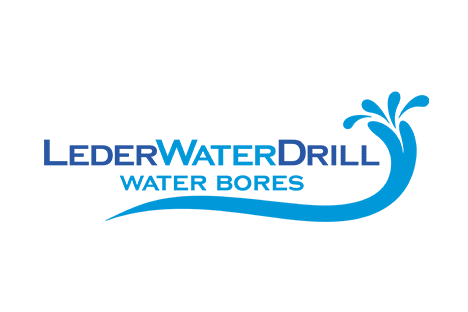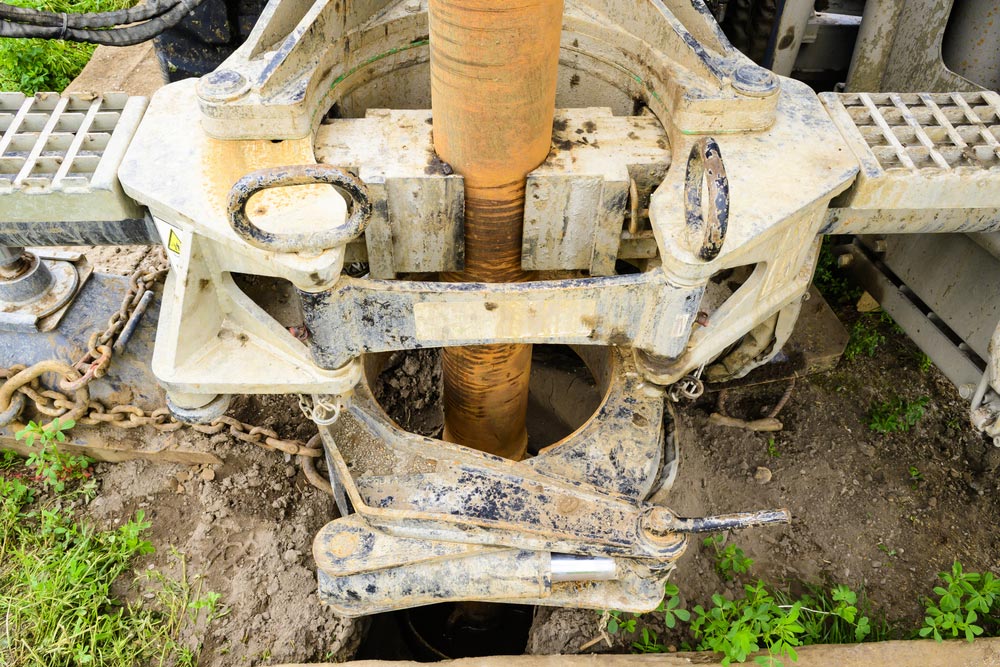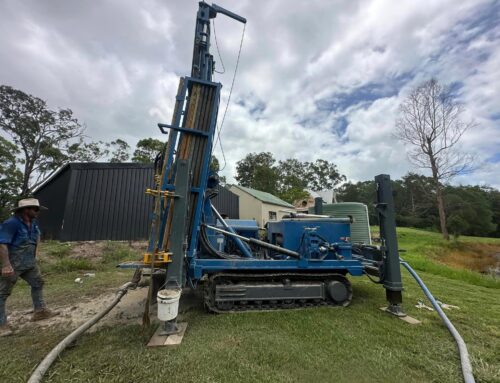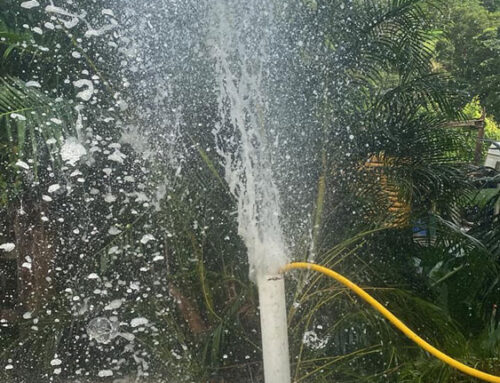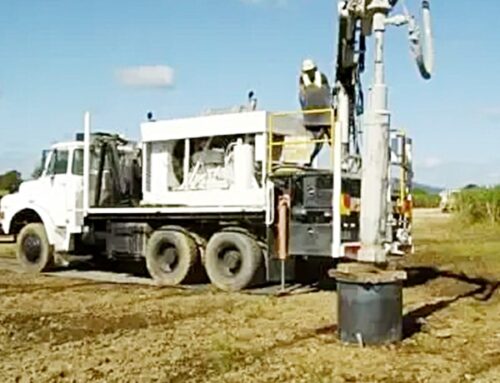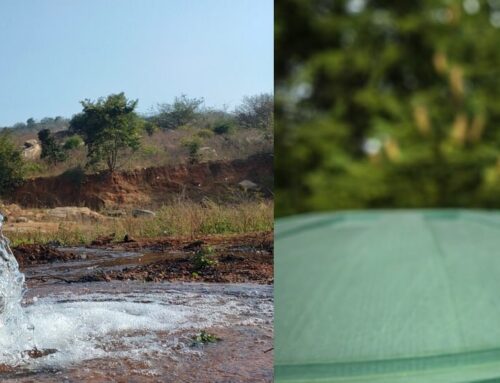Sourcing water directly from the ground beneath us may sound like a thing of the past, but it’s a sustainable, modern-day solution. Water bore drilling, a technique used to access hidden underground water reserves, has numerous applications in today’s world. If you are keen to delve into the specifics of this technique and discover its role in our daily lives, you’re at the right place. Keep reading to learn more.
Importance of Water Bore Drilling
Accessing underground water via bore drilling serves numerous purposes and presents significant benefits:
- Sustainable water supply: Boreholes provide a reliable and constant water source, especially crucial in arid areas or regions with water scarcity issues.
- Agriculture and irrigation: Farms and agricultural businesses often depend on borehole water for irrigation, critical for crop growth and livestock rearing.
- Cost-effective alternative: After the initial setup cost, boreholes can often be a more economical alternative to the municipal water supply, particularly for large-scale water consumers.
The Process of Water Bore Drilling
Initial Ground Assessment
Before the commencement of drilling, a comprehensive ground survey, often involving geophysical methods and hydrogeological assessments, is paramount. It ensures the identification of the most favourable location for the borehole, considering the depth and quality of the water table, geological characteristics and any potential pollution sources.
Drilling the Borehole
The next step is to drill the borehole. This is done using specialist machinery that bores into the ground until the water table is reached. Depending on the conditions, different drilling methods such as rotary, percussion or direct push can be used.
Installation of the Pump System
Once the borehole is drilled, a casing is installed to prevent the hole from collapsing and to protect the water from contamination. A pump system is then put in place to extract the water from the borehole.
Key Considerations for Water Bore Drilling
Legal and Environmental Aspects
Before starting a water bore drilling project, one needs to understand the local laws and environmental regulations. Permissions may be required and there could be restrictions on the amount of water that can be extracted.
Soil and Groundwater Conditions
Understanding the soil and groundwater conditions is crucial. Certain types of soil can complicate the drilling process, while poor groundwater quality may require additional treatment methods.
Costing and Maintenance
The cost of water bore drilling can vary depending on the depth, location and soil conditions. Furthermore, the system requires regular maintenance to ensure its longevity and efficiency.
Benefits of Water Bore Drilling
Water bore drilling comes with several benefits:
- Reliable water supply: Unlike municipal supplies that might be subject to disruptions, a borehole provides a consistent water source.
- Cost savings: Although the initial setup cost can be high, the long-term savings on water bills can be substantial, particularly for large-scale users.
- Environmental benefits: By tapping into natural water reserves, you reduce the demand on local water bodies and contribute to more sustainable water usage.
Potential Risks and Challenges
However, there are potential risks and challenges to consider:
- Initial setup costs: The drilling, casing and pump installation can be expensive.
- Water quality: Depending on the local geology, the groundwater might require treatment before it’s suitable for specific uses.
- Maintenance needs: Regular servicing is essential to keep the system operational and maintain water quality.
Remember, it’s important to weigh the potential benefits and challenges before embarking on such a project.
Your Next Step with LederWaterDrill
Considering water bore drilling? Reach out to our experts at LederWaterDrill. Our team can guide you through the process, offering advice based on your specific needs and circumstances. Contact us today to discover how water bore drilling can benefit you.
